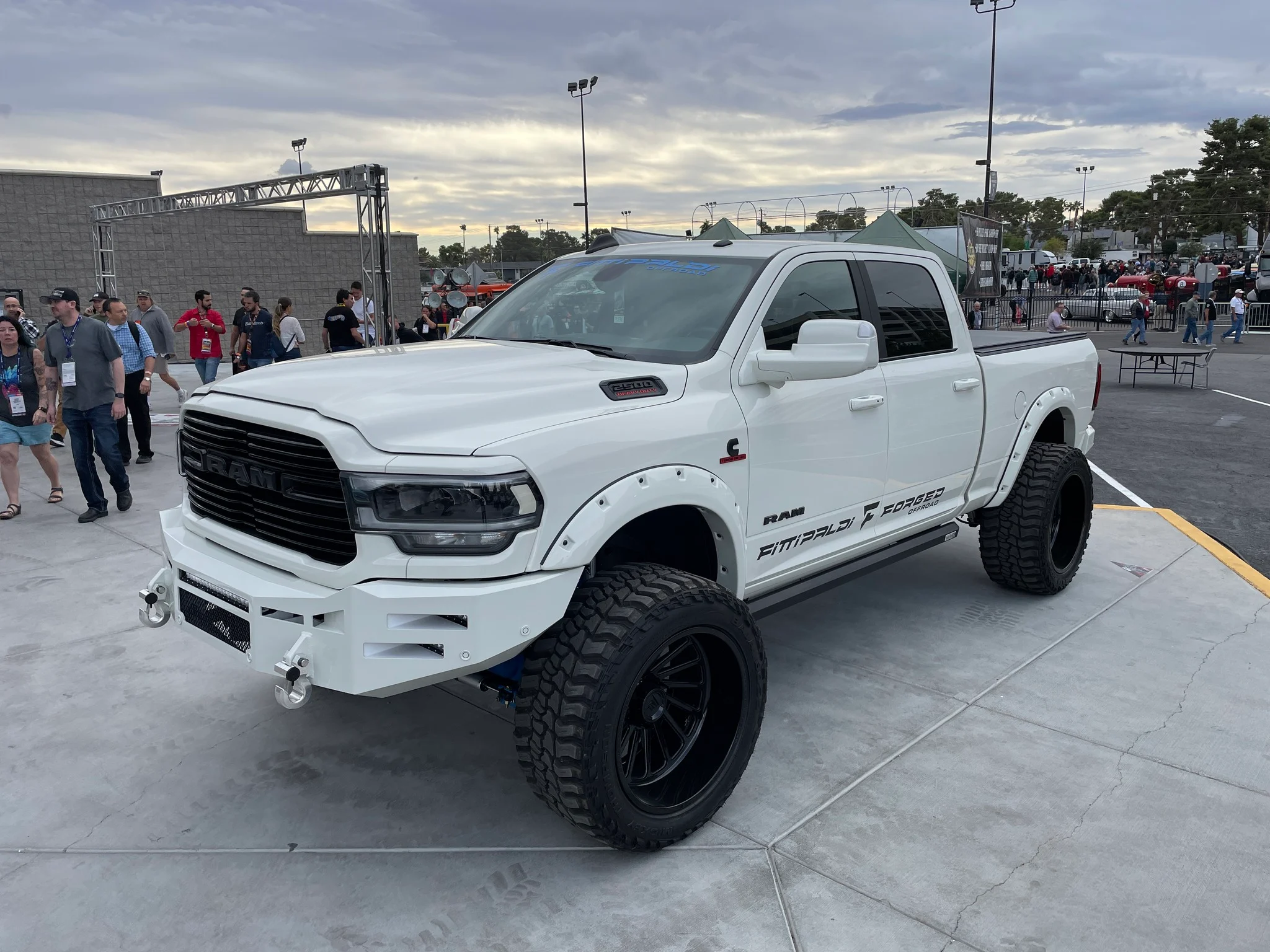Last Updated on July 27, 2025
Importance of knowing your find tire size
Knowing your tire size is crucial for vehicle safety and performance. Correct tire size ensures optimal handling, fuel efficiency, and vehicle safety. This guide will walk you through various methods to find your tire size, making it easy to understand and choose the best tire for your vehicle.
Understanding Tire Size Notation
Tire size notation might seem complicated, but knowing what each part means is essential. This section will explain how to decode tire size numbers and letters and the different types of tire sizes available.

Decoding Tire Size Numbers and Letters
Tire size format, such as P225/70R16 91S, contains valuable information:
- Width: The first number, 225, represents the tire’s width in millimeters from one sidewall to the other.
- Aspect Ratio: The second number, 70, is the aspect ratio. It shows the tire’s height as a percentage of its width.
- Construction: The letter “R” stands for Radial construction, today’s most common type.
- Rim Diameter: The number 16 indicates the wheel diameter in inches that the tire fits.
- Load Index: 91 signifies the maximum load the tire can carry when fully inflated.
- Speed Rating: The letter “S” represents the maximum speed the tire can safely handle.
Types of Tire Sizes
- Metric Sizing: Includes P-Metric and Euro-Metric. P-Metric (e.g., P225/70R16) is for passenger vehicles, while Euro-Metric (e.g., 225/70R16) follows European standards.
- LT-Metric and Euro-Metric Commercial: LT-Metric (e.g., LT245/75R17) is for light trucks, capable of carrying heavier loads. Euro-Metric Commercial (e.g., 23/65R16C) is also for heavier vehicles but follows European guidelines.
- Flotation Sizing is used for off-road and light truck tires, such as 33X12.50R17LT, and indicates the tire’s overall diameter and width in inches.
Where to Find Your Tire Size Information

You can find your tire size information in several places on your vehicle. Here are the most common locations:
Vehicle Placard Locations
- Driver’s Side Door Jamb: Open the driver’s door and look at the door frame. You should see a sticker with tire size information.
- Inside the Glove Box Door: Some vehicles have a tire-size placard inside the glove box door.
- Within the Gas Tank Hatch: Check inside the gas tank hatch for tire size information.
Owner’s Manual
Your vehicle’s owner’s manual is a valuable resource. The index provides tire information, including the recommended tire size and specifications. The manual also provides detailed instructions on locating and understanding tire size data.
Online Resources
Reliable online sources can help you find tire size information. Manufacturer websites and tools like tire size calculators are accurate and user-friendly. Enter your vehicle’s make, model, and year to find the correct tire size.
Reading Tire Size on the Sidewall
Reading tire size on the sidewall of your tire is straightforward once you know what to look for. Here’s a breakdown of the components:
Sidewall Components Explained
- Tire Width: The first number, measured in millimeters, is the tire’s width from one sidewall to the other.
- Aspect Ratio: The second number represents the tire’s height as a percentage of its width.
- Construction Type: “R” indicates the most common radial construction.
- Rim Diameter: The number following the construction type shows the diameter of the wheel in inches.
- Load Index indicates the maximum weight the tire can support when fully inflated.
- Speed Rating: The final letter denotes the maximum speed the tire can safely handle.
Additional Markings
- UTQG (Uniform Tire Quality Grading): This rating system includes treadwear, traction, and temperature grades, helping you compare tire performance.
- DOT Tire Identification Number: Indicates compliance with safety standards and provides manufacturing details.
- M+S (Mud and Snow) and Other Condition-Specific Markings: These markings show the tire’s capability to handle specific conditions like mud and snow.
Detailed Steps to Determine Tire Size
Follow these steps to determine the correct tire size for your vehicle to ensure you get the right tires.
Using the Tire Information Panel
Your vehicle’s tire information panel is usually on the driver’s side door jamb. Follow these steps to locate and interpret it:
- Open the driver’s door and look at the door frame.
- Find the sticker or placard with tire information.
- Note the tire size, recommended pressure, and load index.
Checking the Owner’s Manual
If you can’t find the tire information panel, the owner’s manual is your next best resource:
- Open the owner’s manual and go to the index.
- Look for the section on tires or specifications.`
- Find the recommended tire size and specifications listed.
Conducting an Online Search
You can also find tire size information online. Here’s how to do it effectively:
- Use reliable sources like manufacturer websites or trusted automotive sites.
- Enter your vehicle’s make, model, and year for accurate tire size information.
- Cross-check multiple sources to ensure accuracy.
Deciphering the DOT Number
The DOT number on your tire provides detailed information about the tire. Here’s how to decode it:
- Locate the DOT number on the tire sidewall.
- The first two letters or numbers after “DOT” indicate the manufacturing plant.
- The last four numbers indicate the week and year of manufacture.
- Refer to the tire manufacturer’s code guide to interpret the rest of the DOT number.
Consulting Tire Experts

Consulting tire experts can be very helpful if you’re unsure or need professional advice.
Visiting a Local Mechanic
Benefits of professional assistance include:
- Accurate tire size determination.
- Expert advice on the best tires for your vehicle.
- Professional installation ensures safety and performance.
What to expect from a consultation:
- Tire inspection and measurement.
- Recommendations based on your driving needs and budget.
- Installation services are available if you decide to purchase tires.
Using Tire Finder Tools
Online tire finder tools are convenient and easy to use:
- Enter your vehicle details like make, model, and year.
- The tool will provide a list of compatible tire sizes.
- Compare different tire options based on price, performance, and reviews.
Conclusion
Finding your tire size is essential for maintaining your vehicle’s safety and performance. Use the tire information panel, owner’s manual, online resources, and professional assistance to ensure you have the correct tire size. With the right tires, you’ll enjoy a smoother, safer ride.
FAQs
1. How do I find my tire size?
You can find your tire size on the tire information panel, the owner’s manual, or the tire sidewall. Online resources and professional help can also assist.
2. What if my tire size is not visible?
If the tire size is not visible, check the vehicle’s manual or use reliable online sources. A local mechanic can also help determine the correct size.
3. Can I use a tire size different from the recommended one?
It’s best to stick to the manufacturer-recommended tire size. Using a different size can affect handling, safety, and performance.
4. What do the numbers and letters on a tire mean?
They indicate the tire’s width, aspect ratio, construction type, rim diameter, load index, and speed rating.
5. How often should I check my tire size?
Check your tire size whenever you buy new tires, after replacing wheels, or if you experience handling issues. Regular checks ensure safety and optimal performance.
-
Automotive Specialist
-
Proofreader
-
Writer









